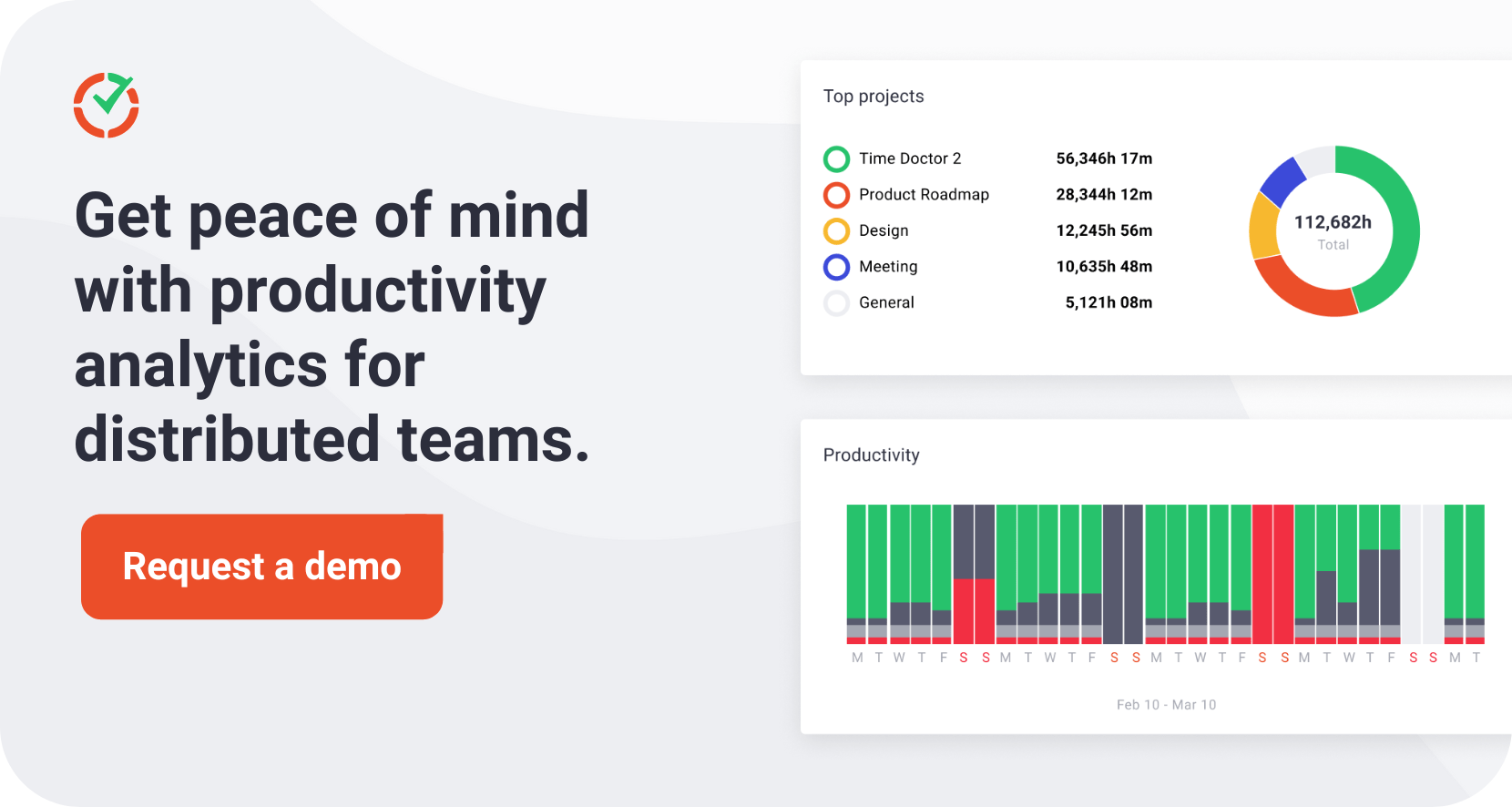69
Maximizing efficiency isn’t just a choice in today’s tough business world; it’s a must. The labor efficiency ratio (LER) is one of the most useful tools for companies that want to get the most out of their employees’ work. This piece goes into detail about what LER is, how it’s calculated, the many benefits it provides, real-life examples of its use, and useful ways to improve it.
Fundamentally, the labor efficiency ratio is a measurement that contrasts the quantity of labor input with the result generated. It is an important indicator of how well a company uses its most valuable resource, which is its employees. A greater ratio denotes more effective labor use, meaning that a unit of output may be produced with less time and effort. Profitability and operational efficiency may both be significantly increased by comprehending and utilizing this ratio.
Table of Contents
Calculation and components: The formula unveiled
The two main factors that go into calculating the labor efficiency ratio are work hours and output units. The formula is simple to use:
- Total output units: The measurable amount produced during a certain period of time, whether in the form of commodities or services.
- Total labor hours: The sum of all the hours that workers who contributed to the production during the same time period put in.
This calculation offers a clear perspective on the productivity of the labor force, allowing managers to make data-driven decisions.
Benefits of analyzing labor efficiency: Unlocking productivity insights
When properly studied, the labor efficiency ratio (LER) may provide firms with a wealth of productivity insights. It is more than just a straightforward indicator. Through thorough monitoring and interpretation of this ratio, companies may acquire a full picture of their staff’s performance and utilize this data to cultivate a culture of continuous development. The specific advantages of labor efficiency analysis are listed below, highlighting its vital role in improving corporate operations.
Identifying productivity trends
The potential of labor efficiency ratio analysis to assist firms in tracking productivity trends over time is one of its main benefits. This continuous examination can reveal both favorable and unfavorable trends, offering insightful commentary on how well-performing the tactics and procedures in use now are.
- Recognizing emerging trends: A rising trend in the LER might be a sign of more effective work procedures, increased staff involvement, or successful training programs. It indicates that productivity has increased since less work is required to generate the same amount of output.
- Taking care of declining trends: On the other hand, a negative trend might indicate problems with staff morale, process inefficiencies, or skill shortages. Early detection of these patterns enables companies to take swift action, averting lost revenue and long-term productivity.
Informed staffing decisions
A critical component of making well-informed employment decisions is LER analysis. Businesses may improve productivity and cost-effectiveness by optimizing worker allocation by determining which departments or jobs are doing better. This strategy consists of:
- Optimizing team sizes: Changing the size of a team in response to productivity statistics in order to prevent under or overstretching of resources.
- Strategic hiring and training: Focusing hiring and training efforts on positions or sectors with the potential to significantly increase productivity.
Reallocating staff from areas with lower productivity to those with greater productivity helps balance workloads and optimize overall efficiency.
Operational efficiency improvement
The ability of labor efficiency analysis to direct general operational efficiency gains may be its most persuasive advantage. The results of LER research can provide practical solutions that have a big financial impact. These enhancements might include:
- Process improvement: This is the process of streamlining processes and eliminating phases that don’t improve the final good or service.
- Waste reduction: This is the process of identifying waste and putting policies in place to cut down on or eliminate it, whether it comes to materials, time, or resources.
- Effective resource allocation: Involves allocating resources (people, capital, and equipment) in a way that maximizes their value.
Concentrating on these labor efficiency factors may decrease redundancy, promote an efficient and accountable culture, boost employee happiness, and improve operational performance. Over time, these advantages lead to a firm that is more lucrative, competitive, and nimble.

Strategies for improvement: Enhancing efficiency
Improving the labor efficiency ratio is a calculated move that may make a big difference for your company in a crowded market. By concentrating on crucial aspects like workflow management, technology, and training, businesses may maximize employee potential, optimize processes, and see impressive development. Let’s examine each tactic in more detail:
Targeted training and development
It is essential to invest in your staff members by providing them with specialized training. It’s not only about improving their present abilities; it’s also about getting them ready for new and challenging tasks in the future. Customized training initiatives can:
- Boost employee morale and job satisfaction, leading to lower turnover rates.
- Enhance the quality of work and innovation as employees are better equipped to handle complex tasks.
- Ensure your team stays ahead of industry trends, maintaining your competitive edge.
Technology adoption
In today’s fast-paced world, it is imperative that corporate operations undergo a digital transformation through automation and the integration of cutting-edge solutions. Businesses that use technology can:
- Drastically reduce the time spent on repetitive tasks, freeing up employees to focus on higher-value activities.
- Increase accuracy and consistency in outputs, reducing the risk of human error.
- Leverage data analytics for informed decision-making, leading to more strategic operations and personalized customer experiences.
Workflow optimization
Reevaluating and rearranging the processes in your business is crucial to getting rid of inefficiencies that impede output. Optimising workflow includes:
- Mapping out all current processes to identify and eliminate redundant steps.
- Implementing a continuous improvement culture where employees are encouraged to suggest improvements.
- Adopting lean management principles to minimize waste and maximize value to the customer.
Businesses that take proactive measures to solve these issues not only increase their labor efficiency ratio but also cultivate a resilient, innovative, and continuous improvement culture. A strong competitive position in the market, steady growth, and profitability are all guaranteed by this strategic focus.
Conclusion
The labor efficiency ratio serves as a compass for enterprises, directing them towards maximum productivity and operational excellence, rather than just being a measurement. Through comprehension, observation, and continuous enhancement of this proportion, organizations may unleash the whole potential of their staff, make knowledgeable choices, and attain enduring expansion. Accept the knowledge and tactics provided in this guide, and go out to increase your labor productivity.

Carlo Borja is the Content Marketing Manager of Time Doctor, a workforce analytics software for distributed teams. He is a remote work advocate, a father and a coffee junkie.



